DAMBULLA The Rock Temple of Dambulla, called Jumbukola Vihara in the (Mahavamsa)-the principal Pali Chronicle of Sri Lanka, is situated about forty seven miles north west of Kandy, the last capital of the Sinhalese kings, on the main road to Anuradhupura. The shortest way, from Colombo to Dumbulla lies via Kurunegala, one of the capitals of the medieval Sinhalese kings. The other rock temple of equal fame, Aluvihare, where, according to tradition, the Buddhist scriptures were first committed to writing about The first century B.C., list about twenty-six miles to the south on the Kandy Dambulla road. And the famous fortress of Sigiriya with its beautiful frescoes rises aloft like a gigantic cylinder at a distance of about twelve miles to the north-east of Dambulla. Dambulla is a scent of unique interest. Its rock temples are the most extensive in the Island, and one of the most ancient, and in the highest state of preservation and order. KANDYAN DANCE Concept of dancing in Sri Lanka originated in fear of natural power which people regarded as the supernatural building. Dance was then initiated in Sri Lanka during the 4th century B.C for the purpose of expelling natural disasters, sickness and so on. At the end of Polonnaruwa period (15th century A.D.), South Indian influence came into Sri Lanka and was adopted in Sri Lanka folk dancing. In the course of time, a dancing form was developed and varied from each other according to regional and local traditions. Nowadays, there are three principal dancing forms that can be seen in Sri Lanka.

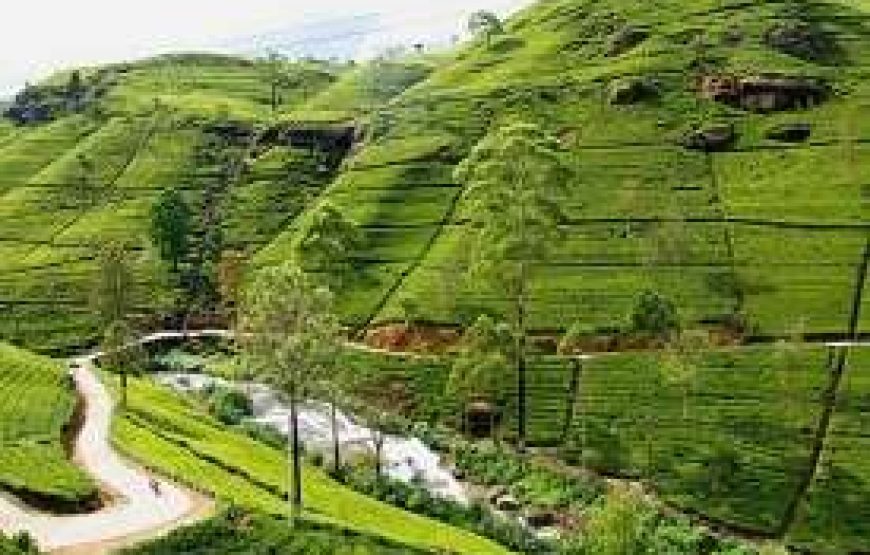
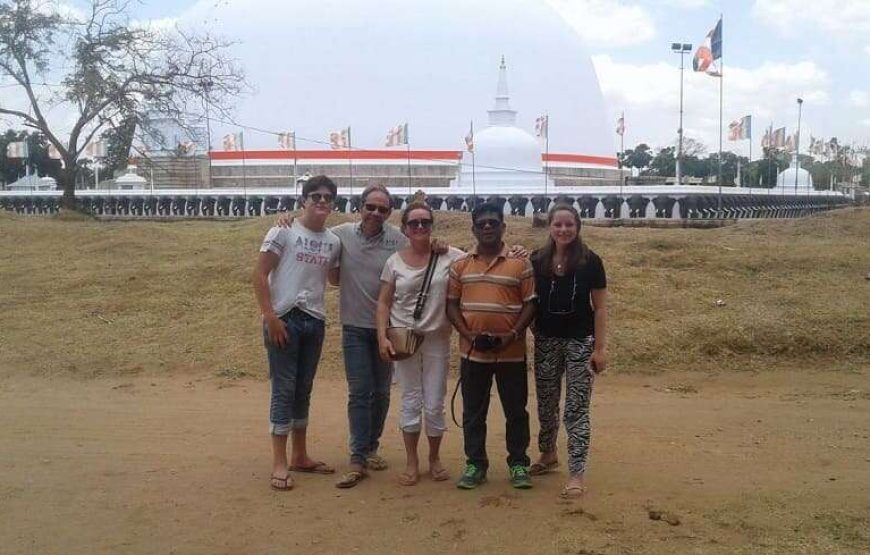
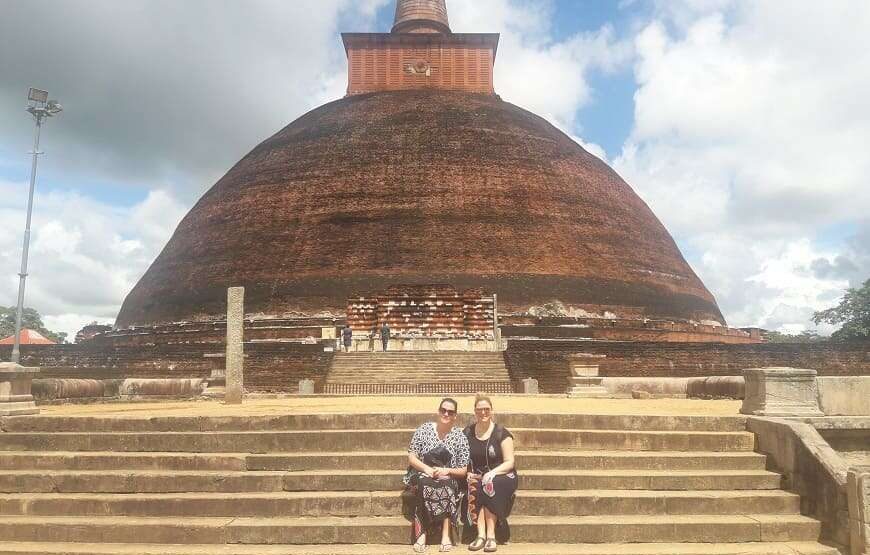
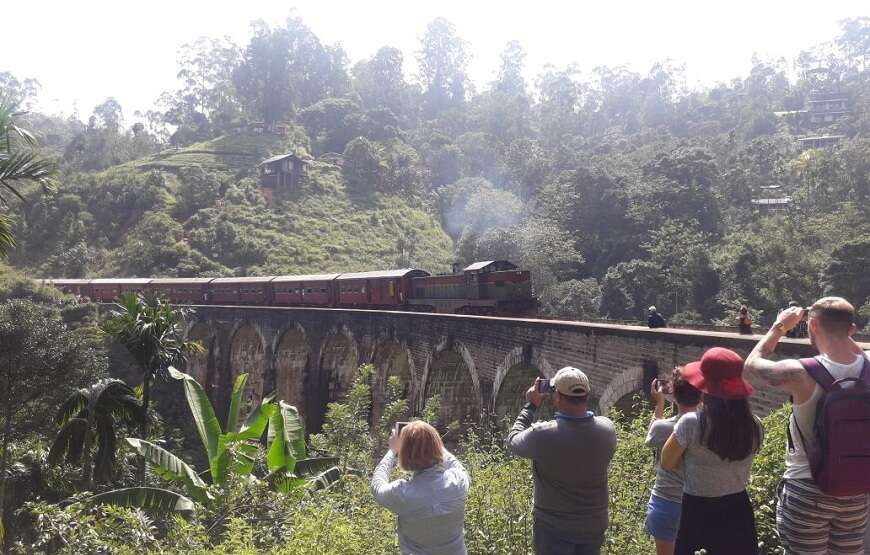
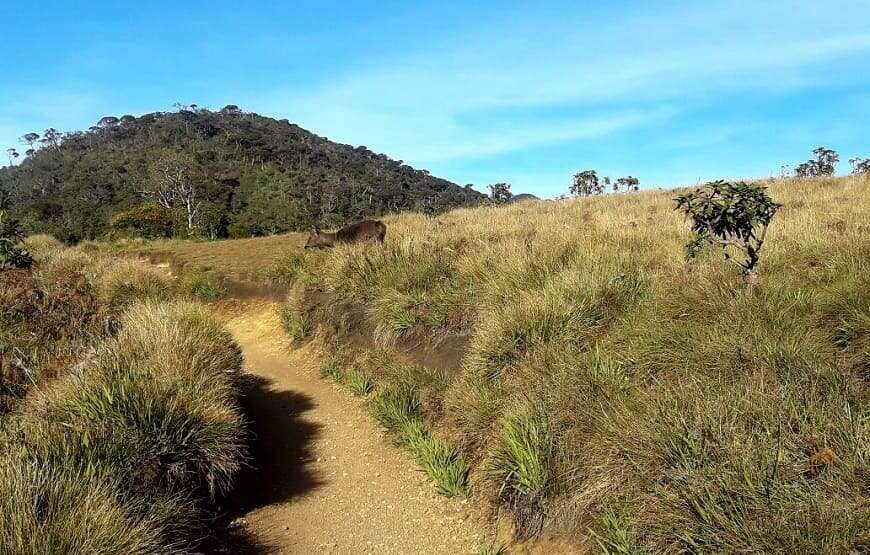
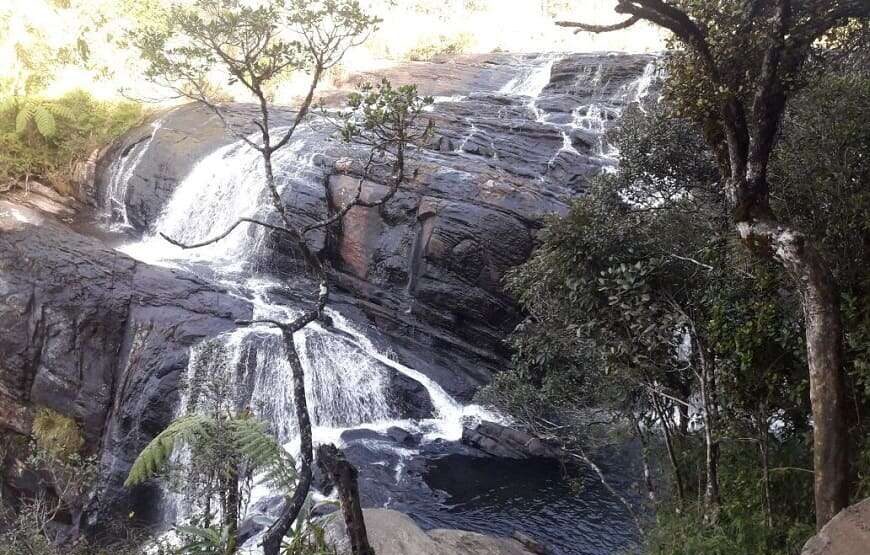
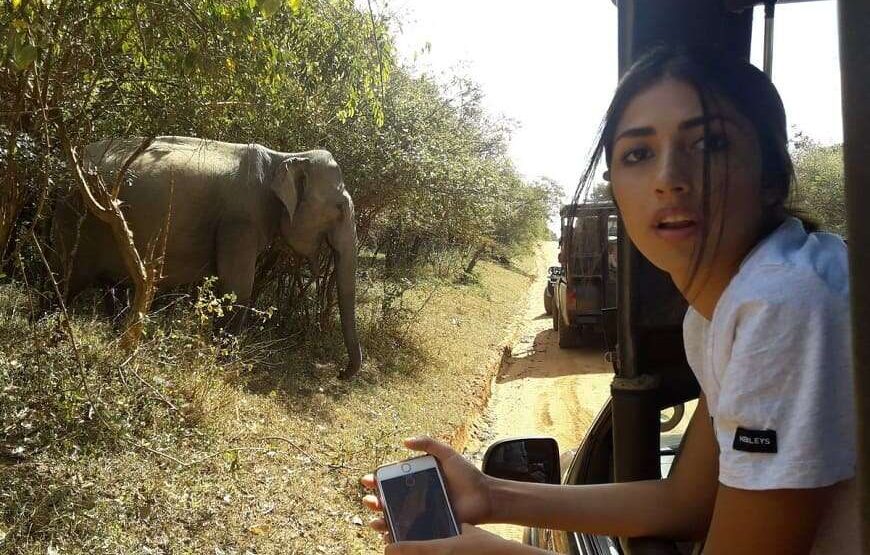

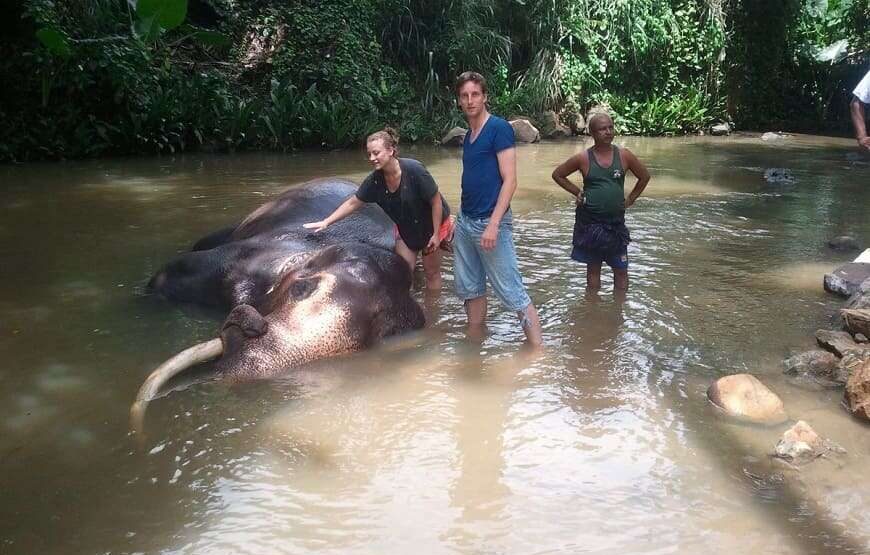

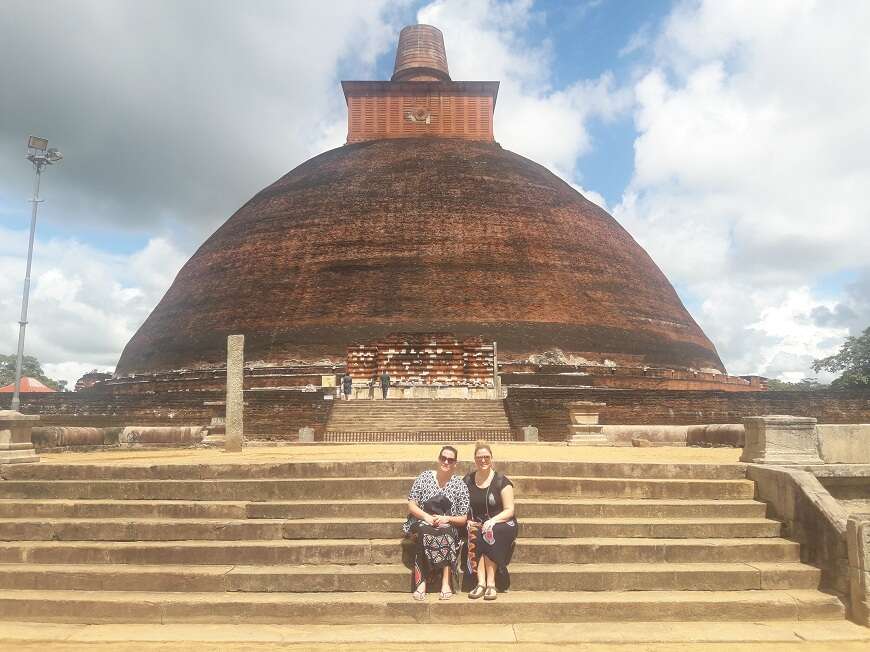
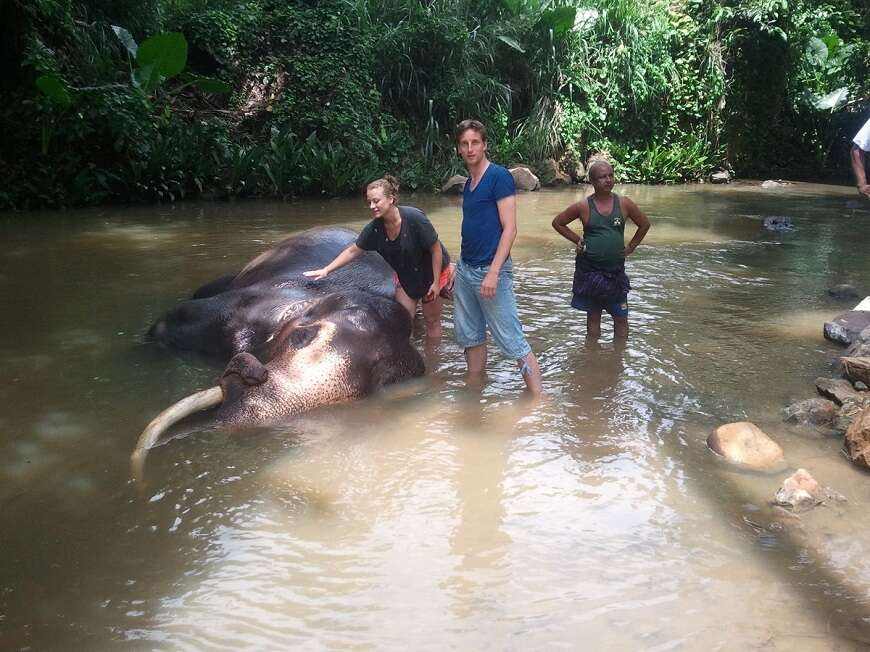
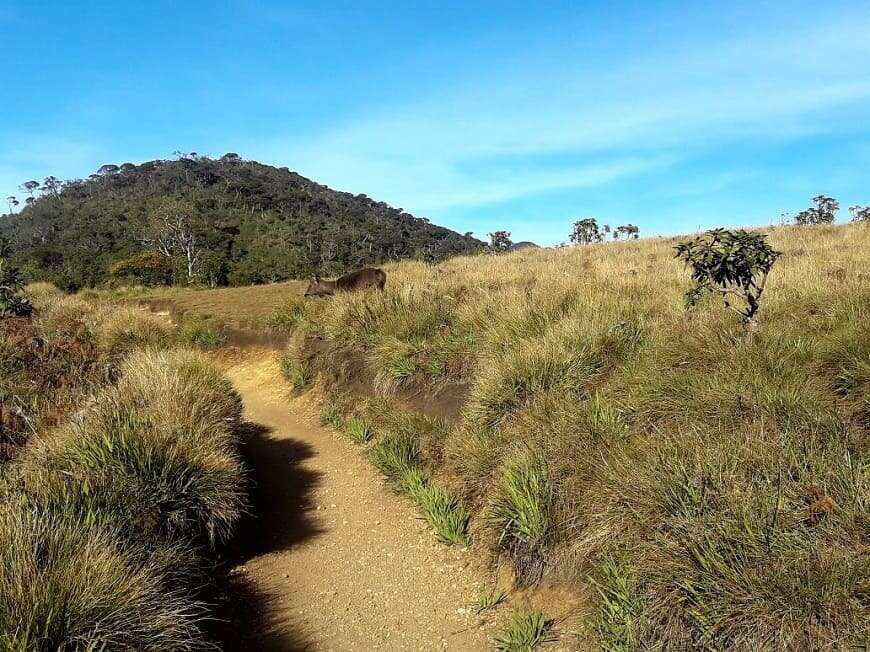
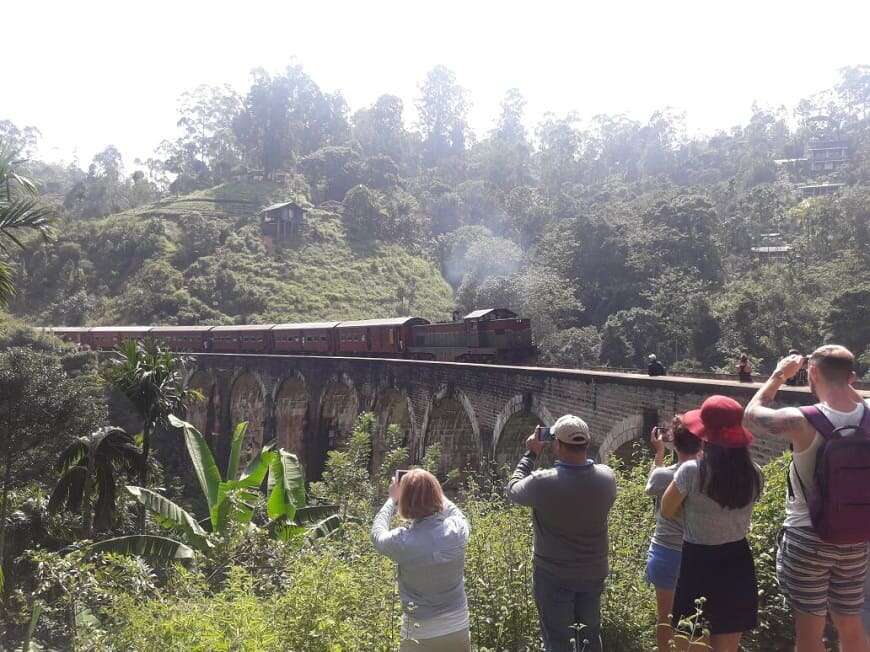
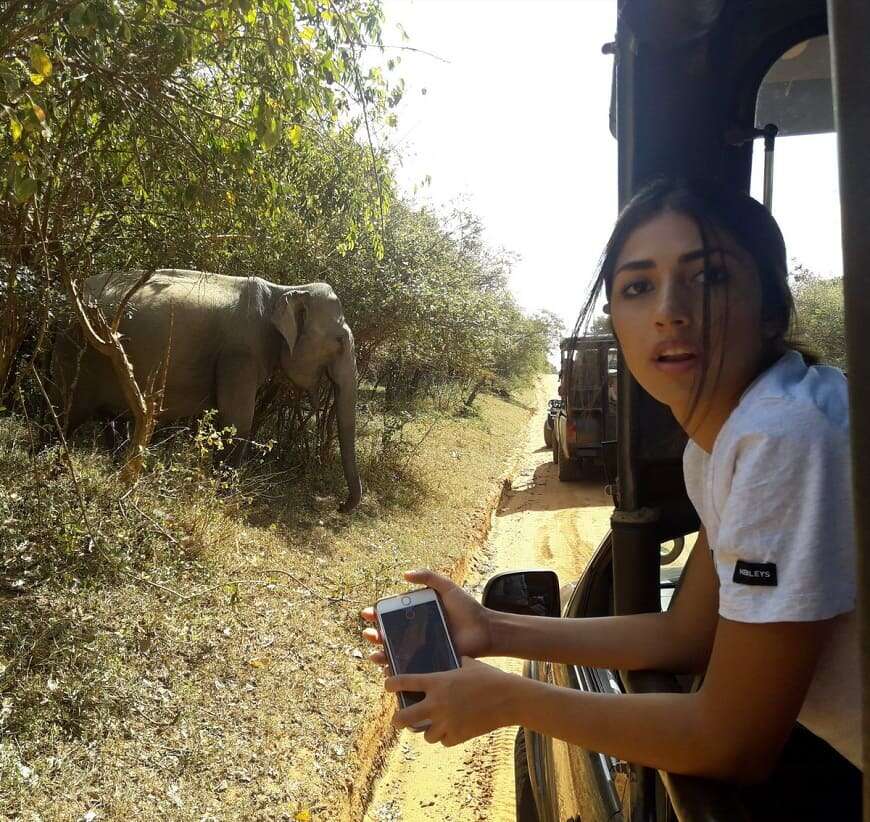
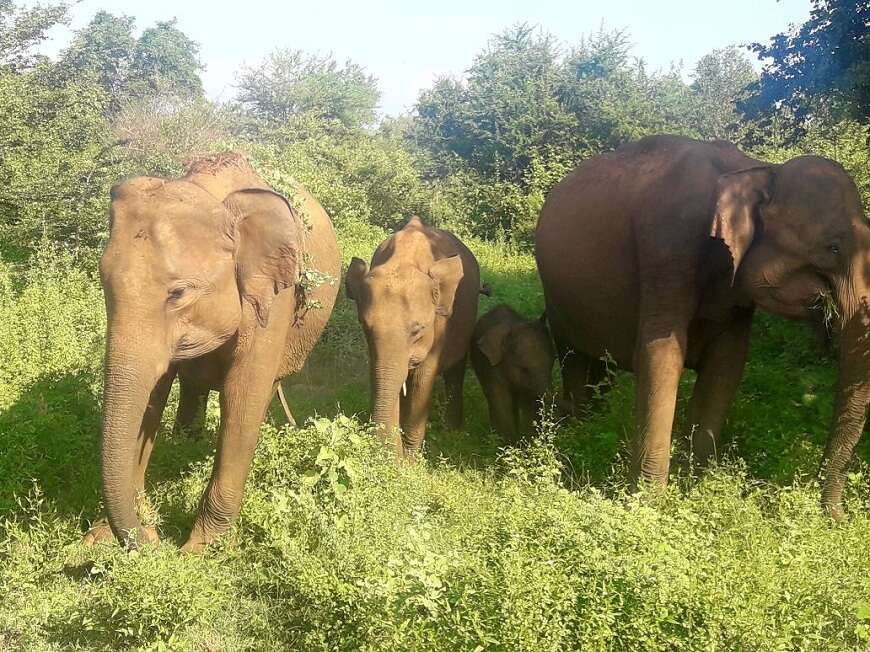
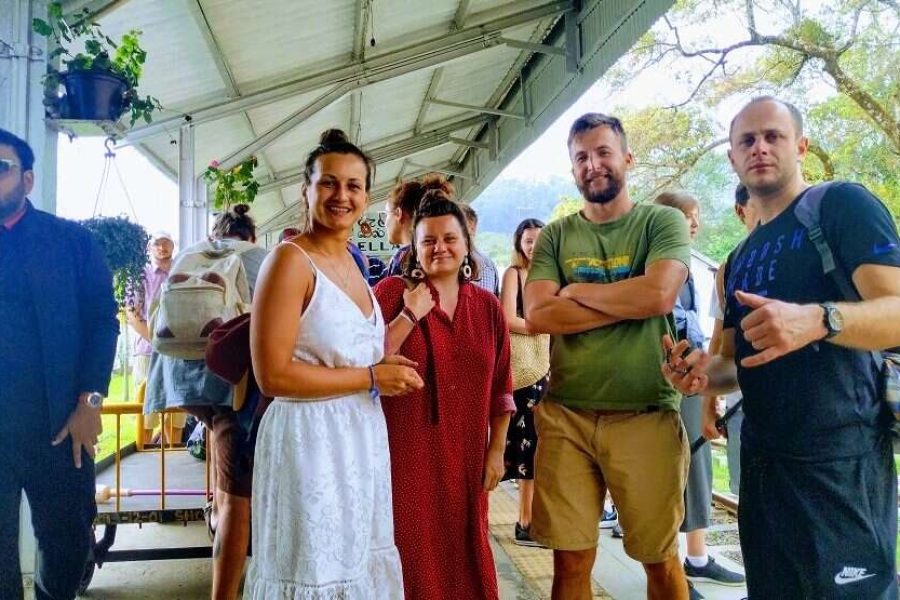
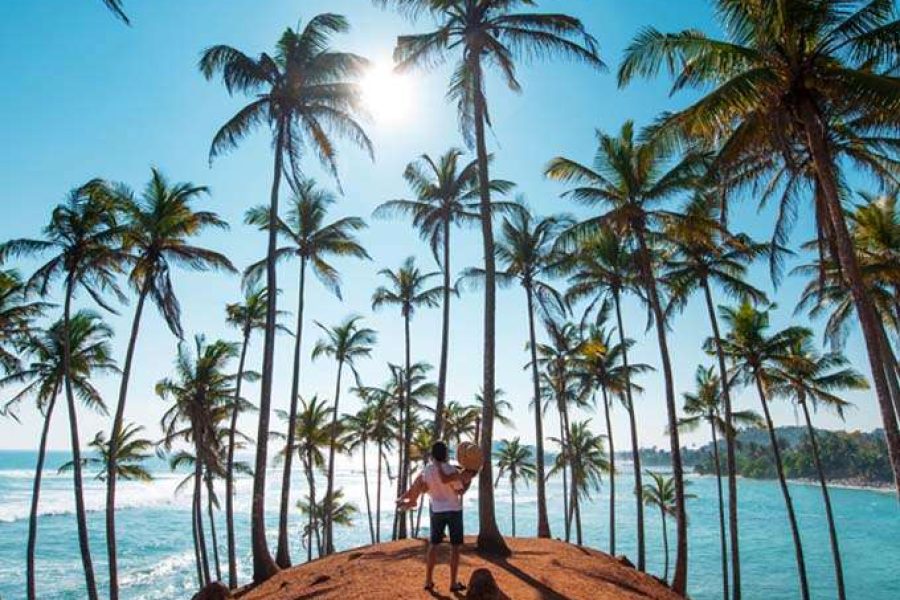
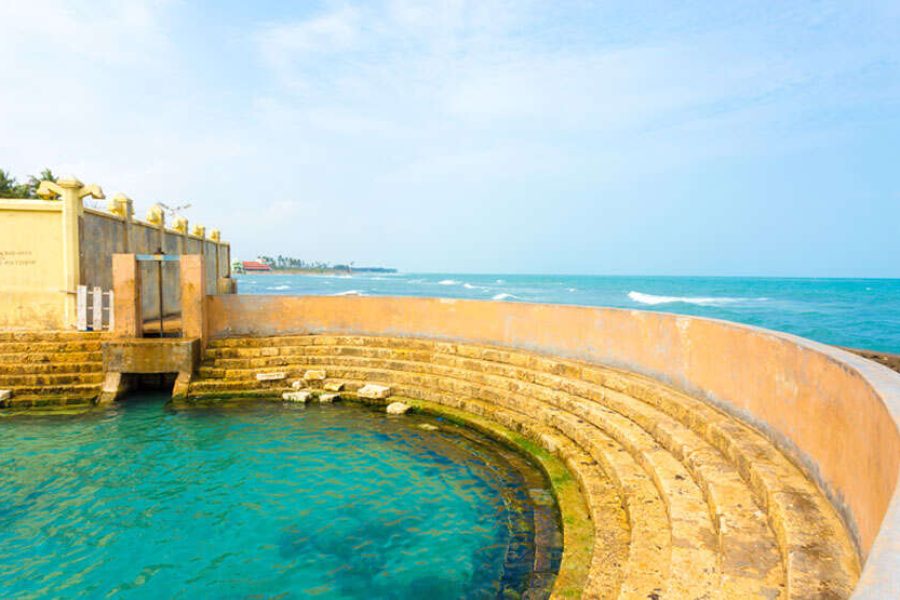
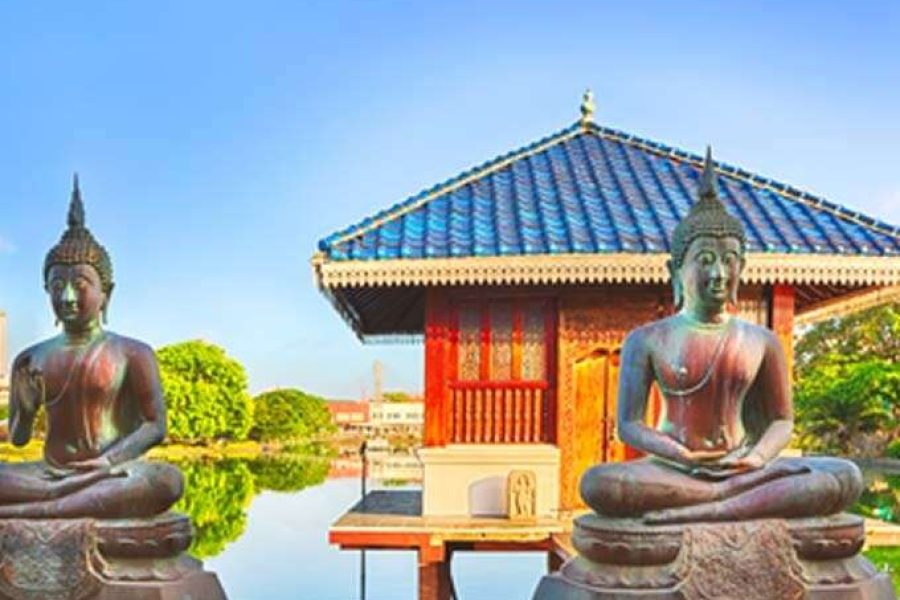
Leave a review